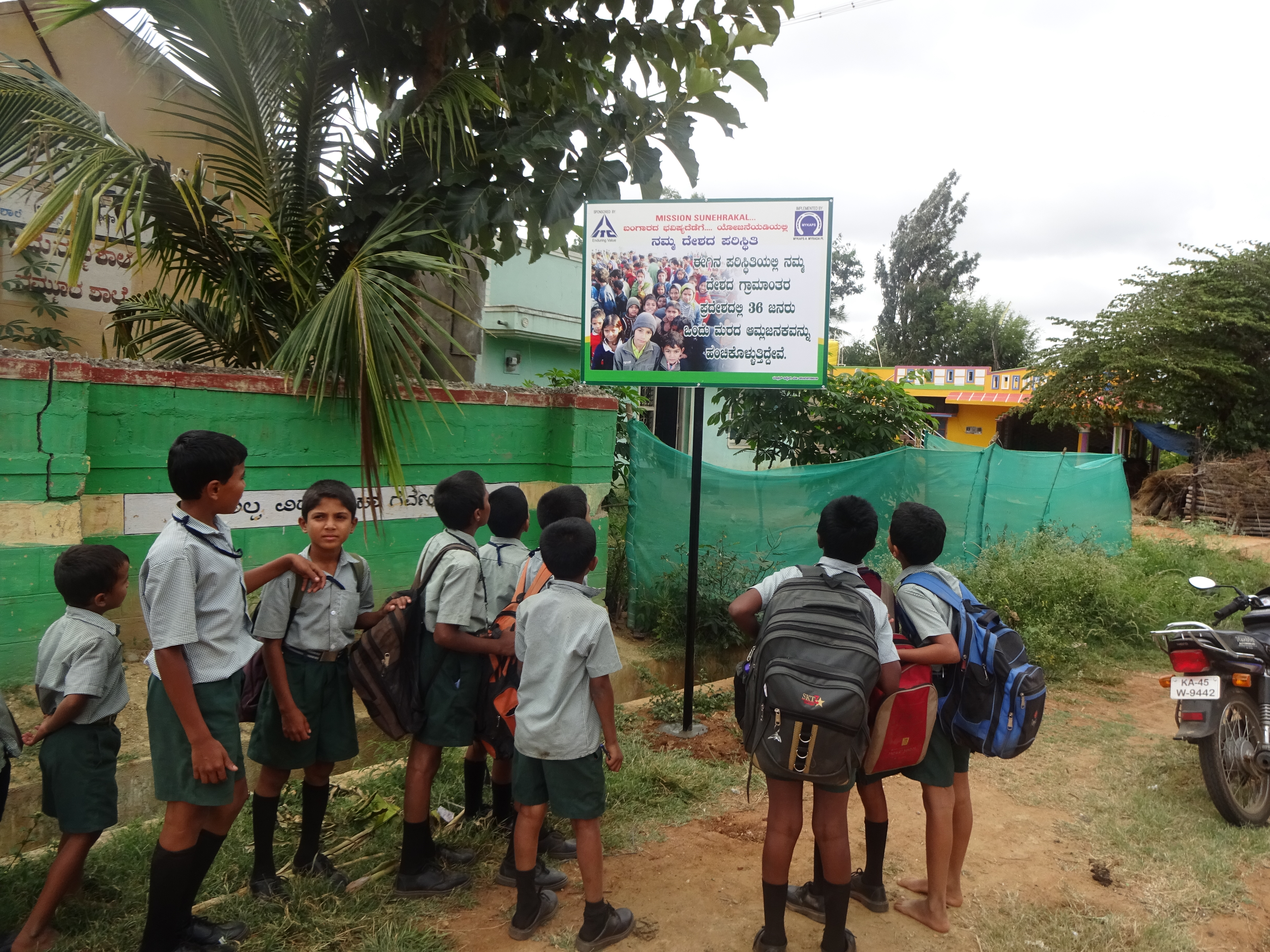An Overview Of Our Solution
- Population Impacted:
- Continent: Asia
Organization type
Population impacted
Size of agricultural area
Production quantity
People employed
Describe your solution
Describe your implementation
External connections
What is the environmental or ecological challenge you are targeting with your solution?
Describe the context in which you are operating
We believe in rural development through sustainable management of land and water resources give a plausible solution for alleviating rural poverty and improving the livelihoods of the rural poor. Based on the experience & performance of the integrated community watersheds in different socio-economic environments, we have built a strong base on financial, technical and organizational capacities of local communities to internalize and sustain interventions. We have promoted 804local community groups who participate and promote watershed activities and also on-Farm & off-Farm interventions such as bio-diversity promotion & conservation, trainings, health, additional income generation etc. Common lands were identified for tree planting and individual farmers are motivated to grow native species in their land. Kitchen gardens with fruit trees& nutritional substitutes were implemented at household level. Village Tanks will be desilted to increase the storage of rain water.
How did you impact natural resource use and greenhouse gas emissions?
Language(s)
Social/Community
Water
Food Security/Nutrition
Economic/Sustainable Development
Climate
Sustainability
Economic sustainability is surely not dependent on subsidies from the government. Farmers find their ways in generating their livelihoods through agriculture and labour available locally which is about Rs.300/- a day. However the most marginalized depend on govt. subsidies for their livelihoods
Return on investment
Entrant Image

Entrant Banner Image

